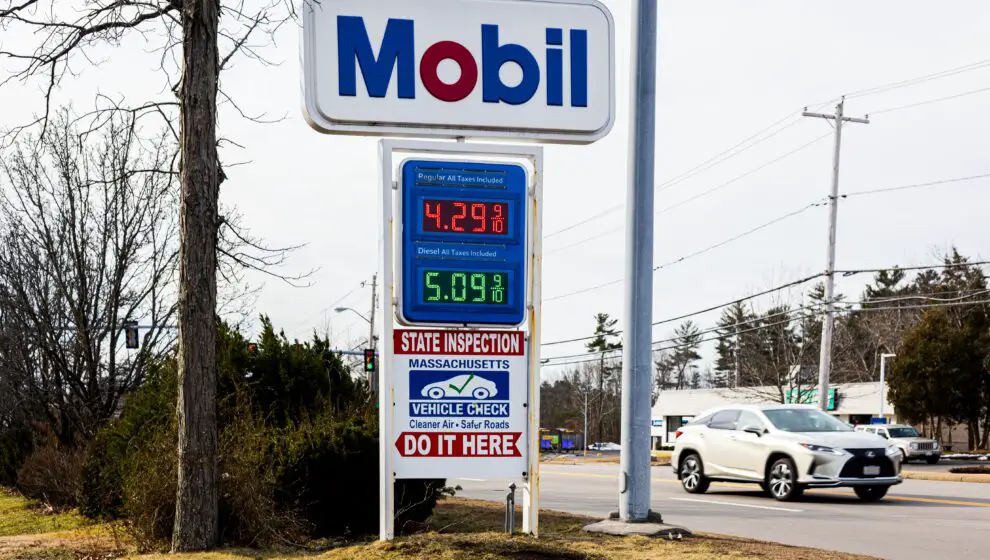Gas prices hit a 10-month peak on Monday following heatwave issues and decreased imports, increasing prices to their previous peak from October 19, 2022.
Key Details
- The national average for gas prices is currently $3.85 per gallon, which is still below June 2022’s historic peak of $5.02 per gallon.
- Prices began surging in late July, with analysts blaming supply cuts from OPEC and Russia and heatwaves reducing oil refinery operations and capacity.
- Average prices have increased 32 cents per gallon since the Fourth of July holiday weekend, CNN Business reports.
- AAA reports 11 states have an average of $4 per gallon or higher, with Colorado and Michigan coming close. California ($5.15) and Washington ($5.03) have the highest rates.
- Gas prices are expected to surge further into the Labor Day holiday weekend.
Why It’s News
With the ongoing refinery issues decreasing domestic supplies, Russian supplies dwindling, and Saudi Arabia’s oil production cut through September, the late summer is proving to be an expensive one for drivers.
While these numbers are still improvements from the peak last summer, increased gas prices do still stand to have a serious impact on the economy, resulting in higher commodity prices and shipping cost increases.
The effect of this could have a severe impact on the Federal Reserve’s upcoming decision on whether to hike interest rates again on September 20. Higher food and energy prices have contributed notably to increased inflation, leading the Fed to increase interest rates by 5.25% in the past 16 months. The Fed has signaled a desire to pull back if economic numbers improve, but a spike in gas could jeopardize that possibility.
“Higher commodity prices could mean higher rates. A spike in commodity prices could reignite a run-up in interest rates and restart the battle between oil and money,” says Bank of America strategist Francisco Blanch. RSM economist Joe Brusuelas also tells CNN Business, “If we’re going to have a one-and-done, we’re going to have to see inflation cool. And that’s contingent on commodity prices.”
